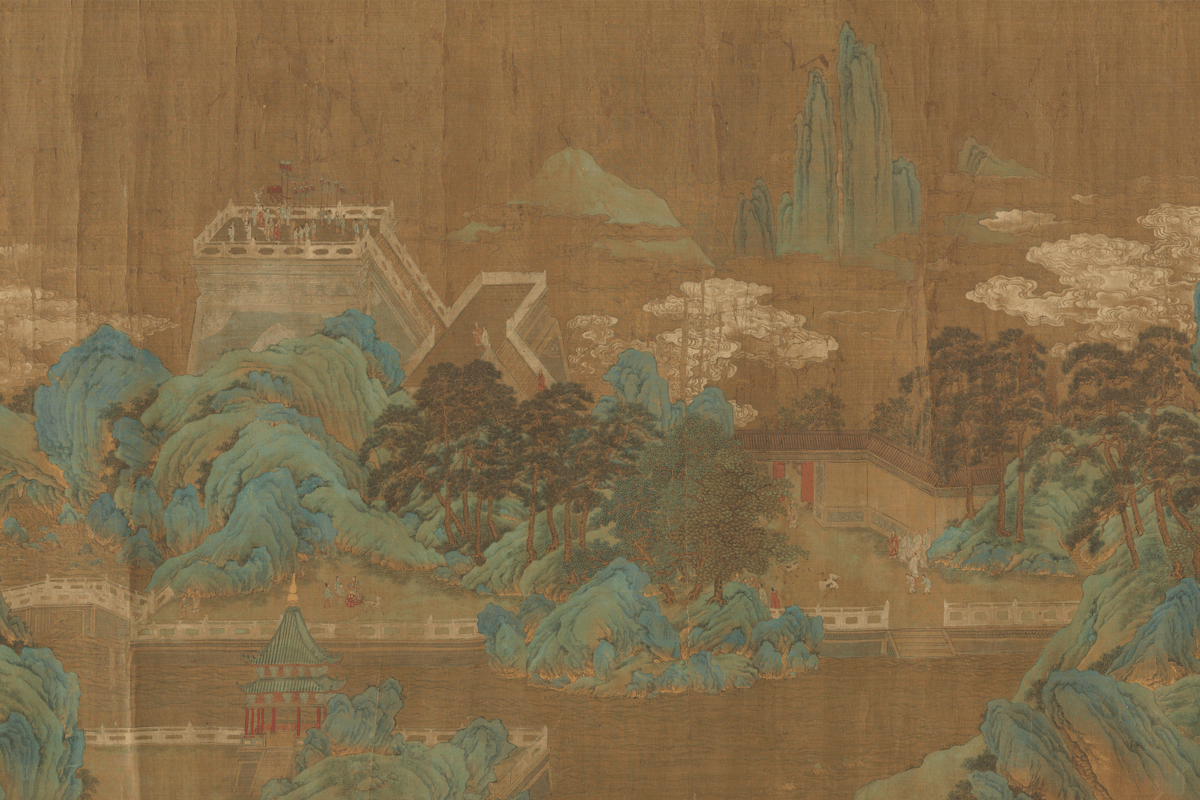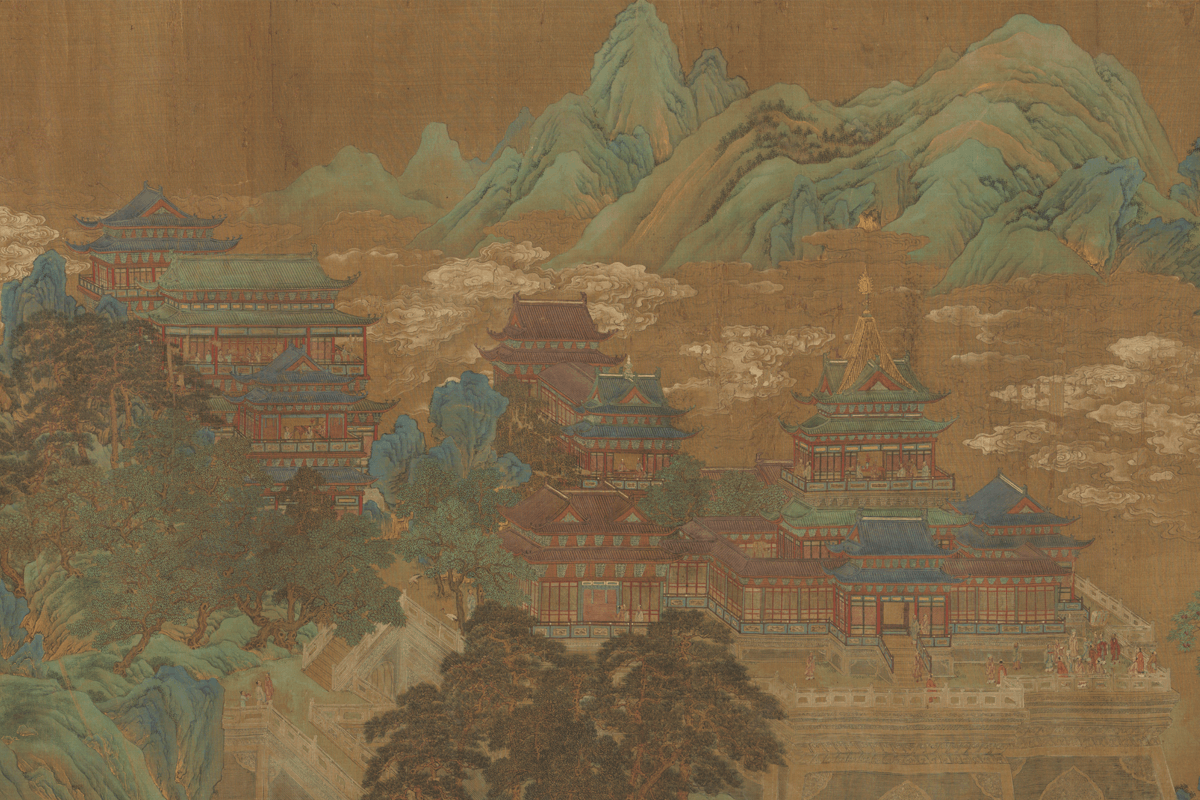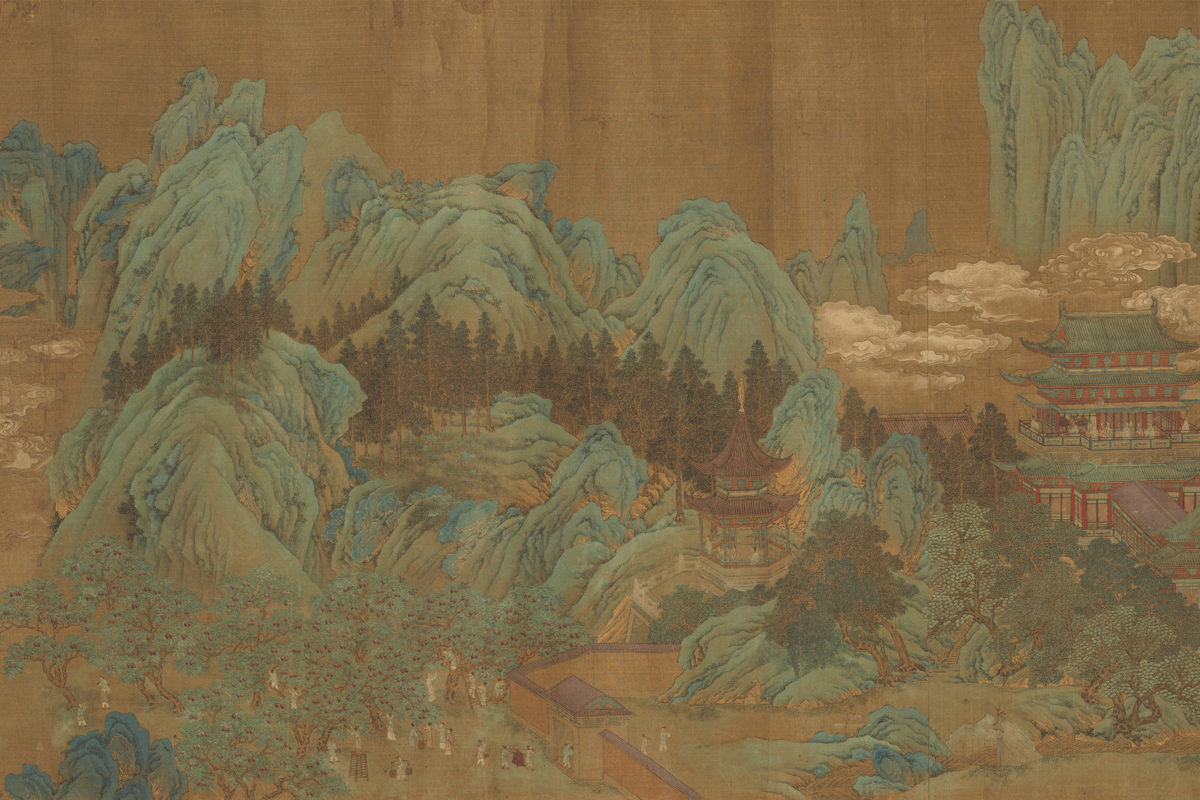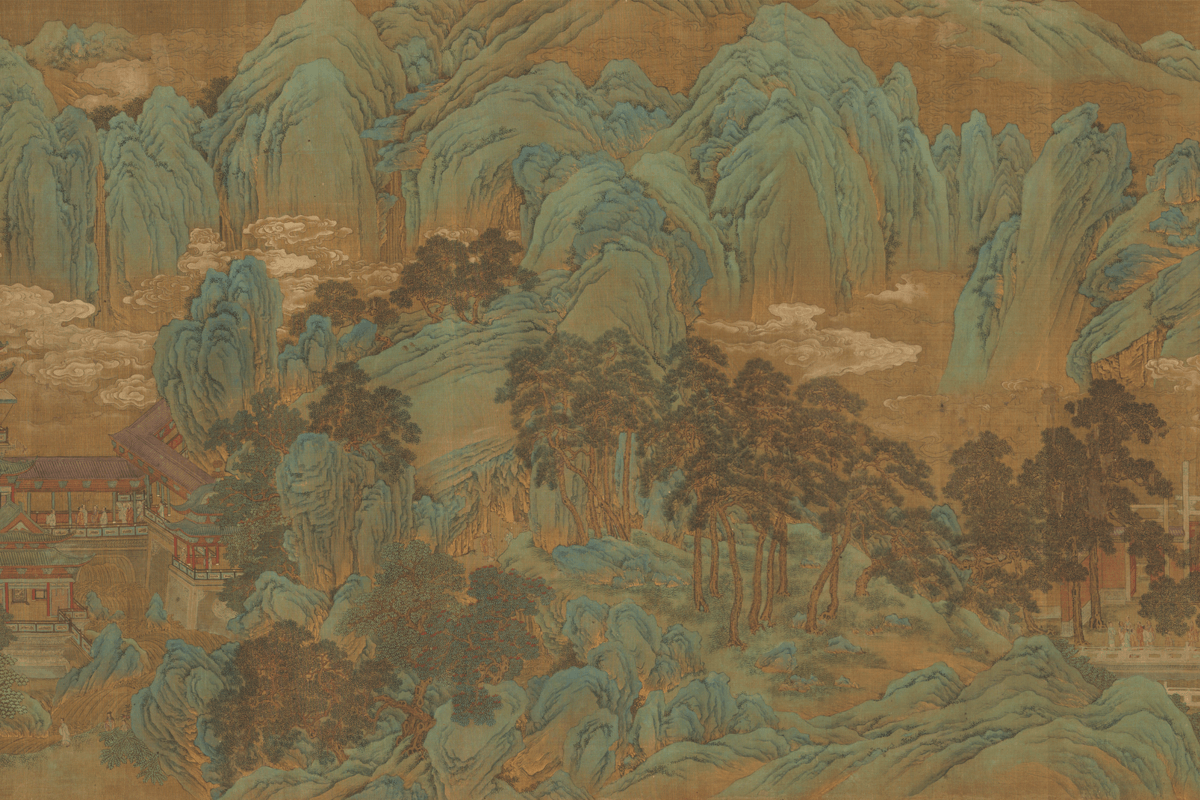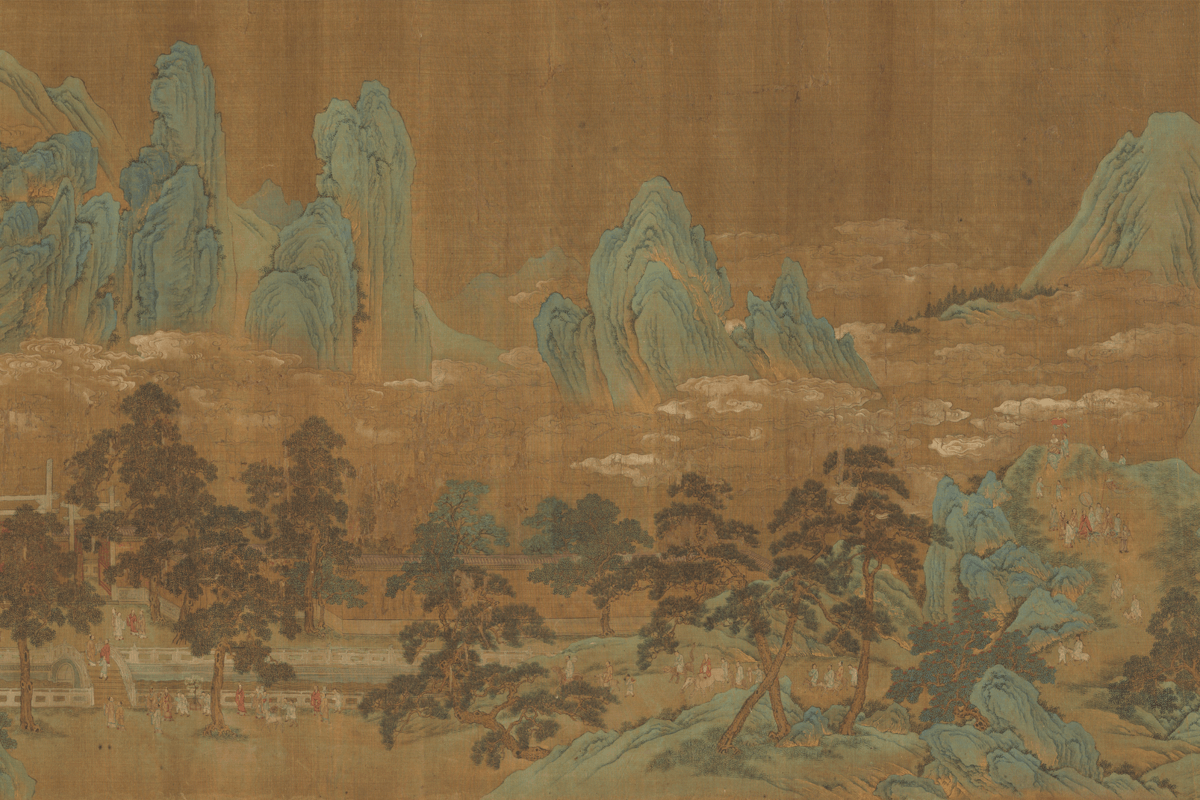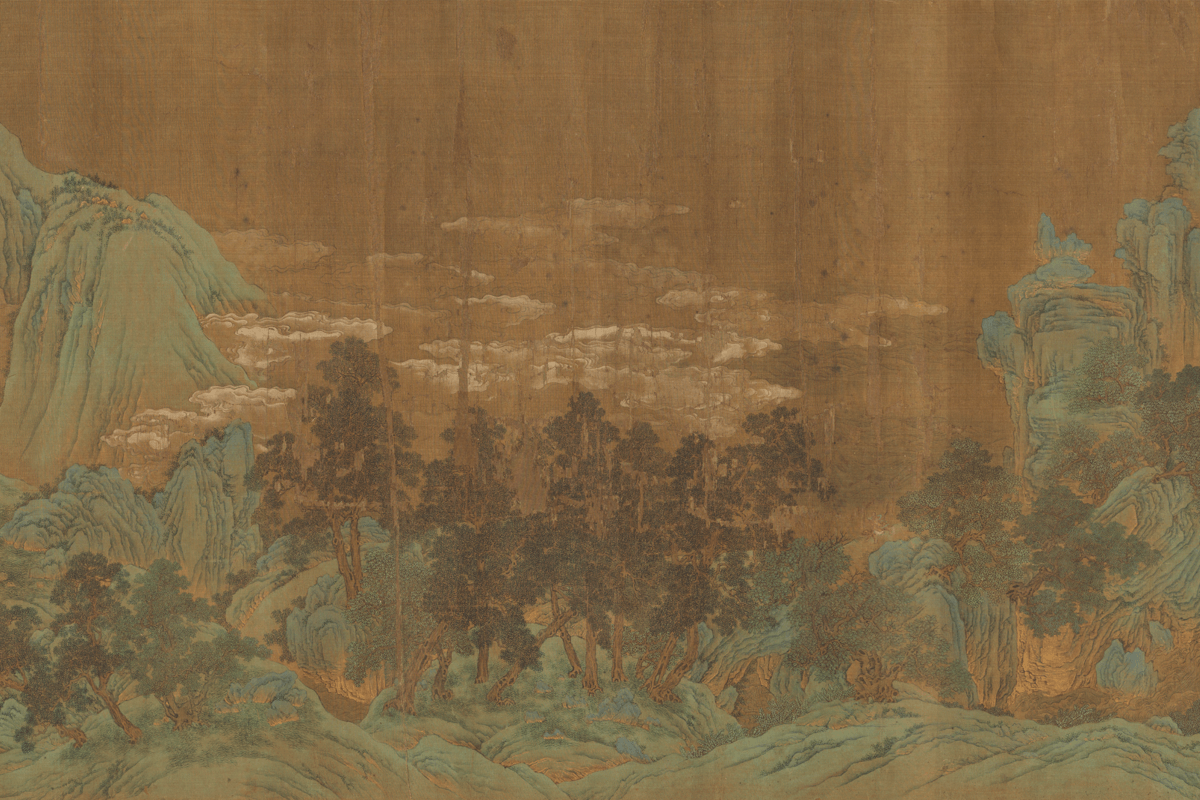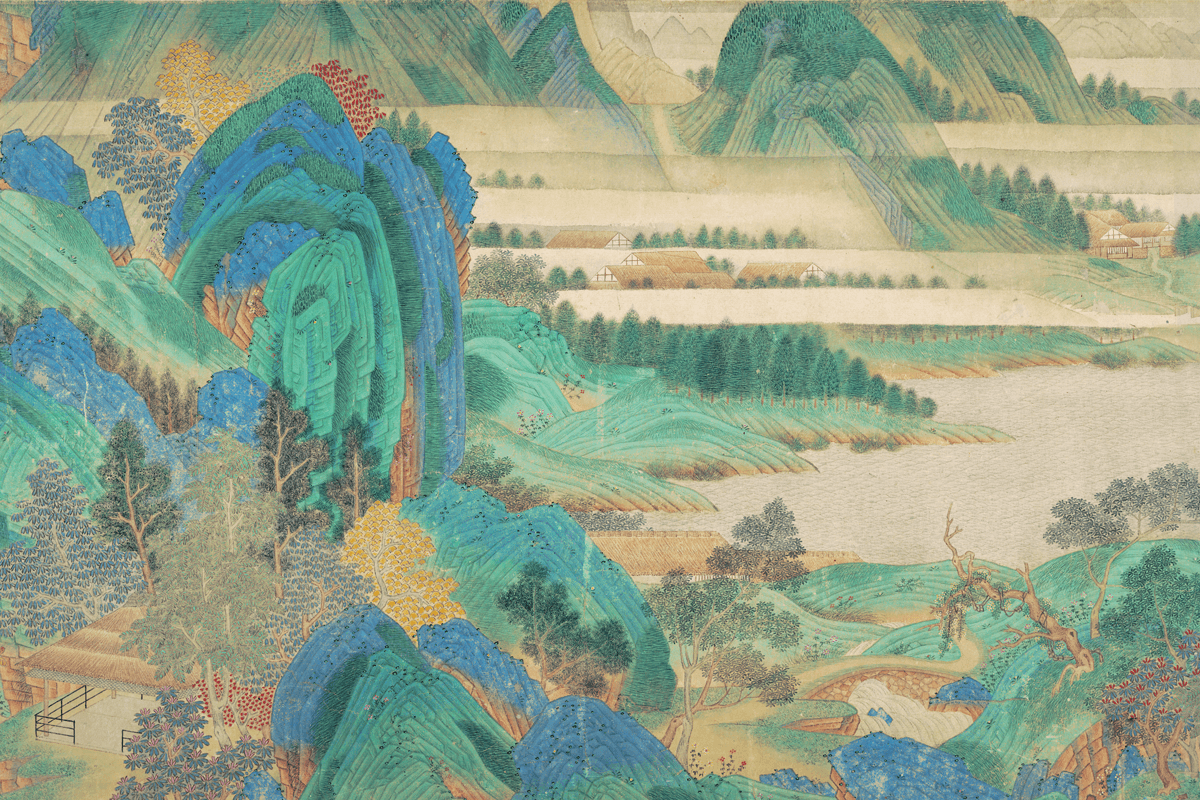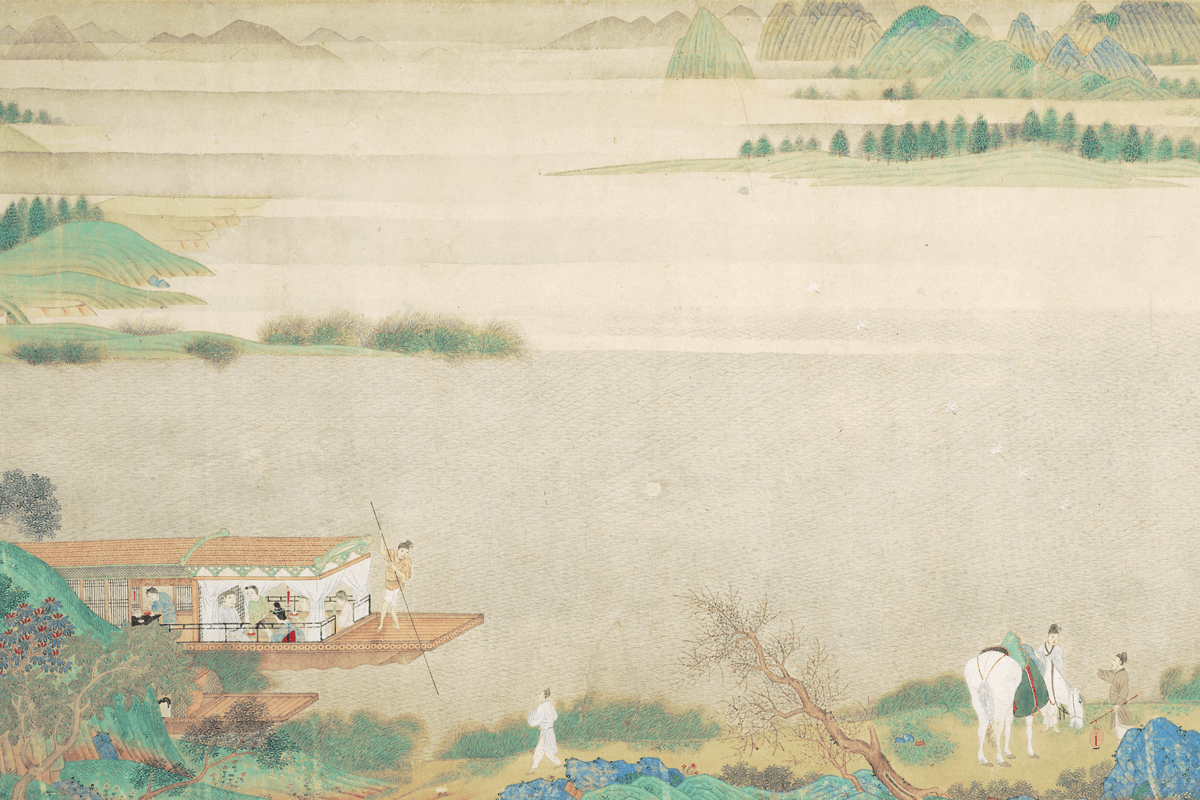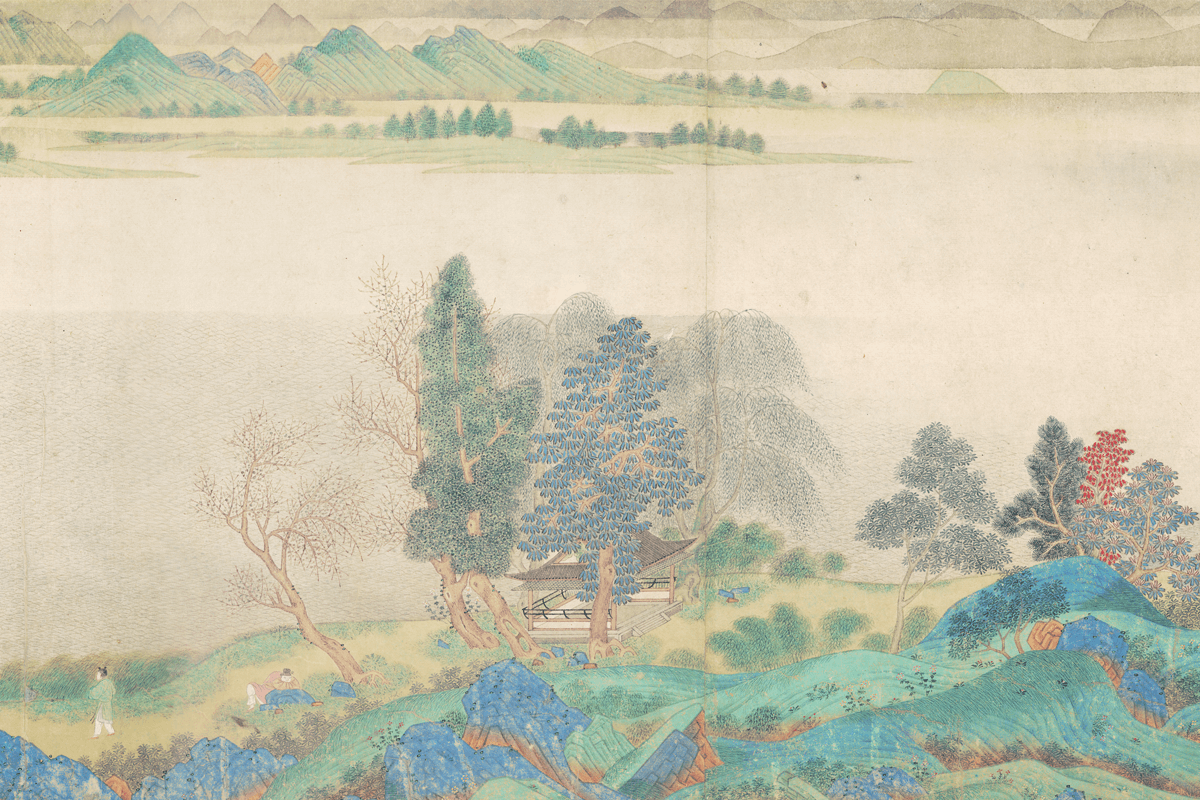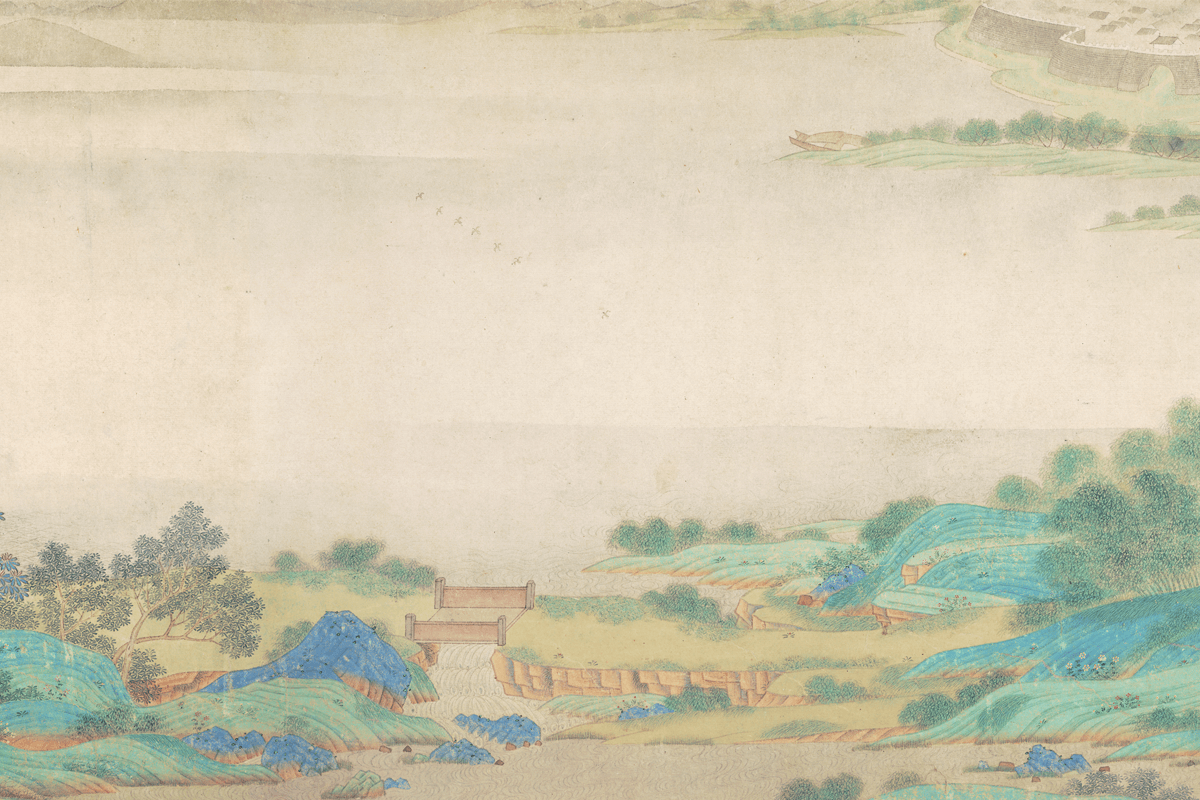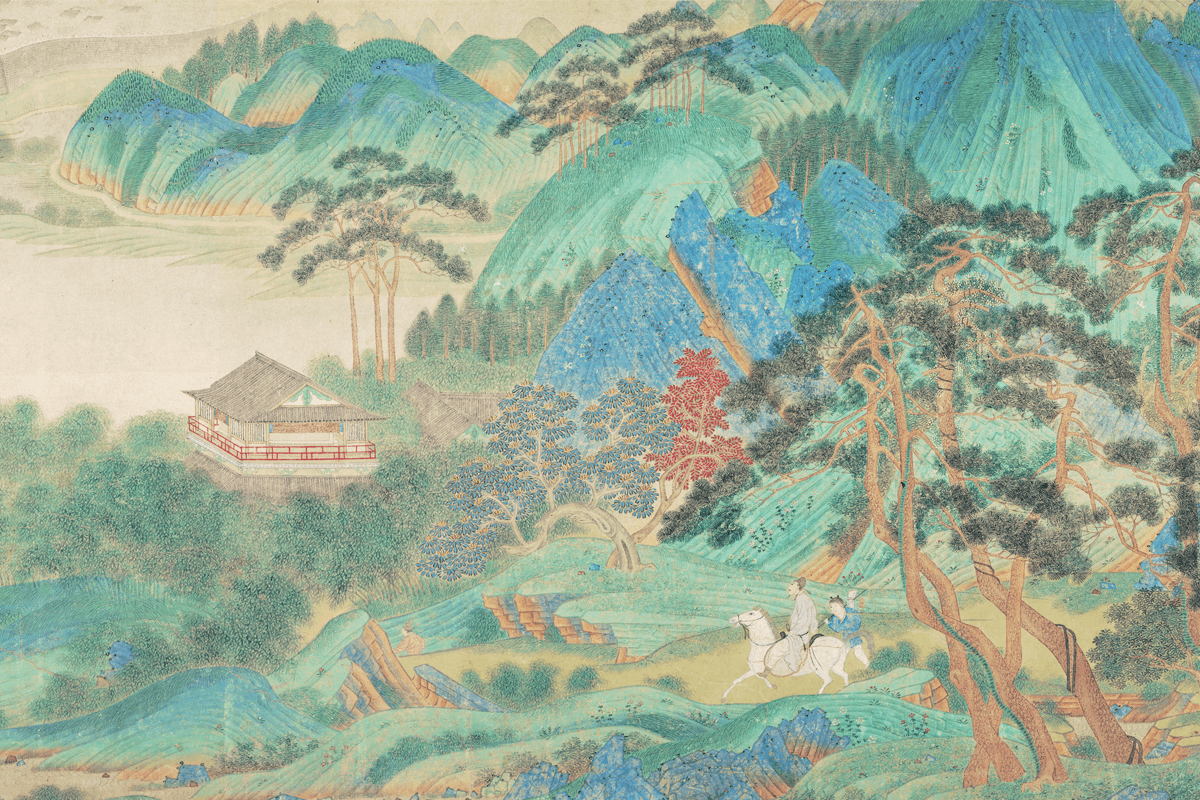STARTS
Jan 6, 2023
Ends
Aug 6, 2023
Free
G222
Picturing Paradise: Blue and Green in Chinese Landscape Paintings
Picturing Paradise: Blue and Green in Chinese Landscape Paintings
Beginning in the 400s C.E., Chinese painters used qinglü, a palette of blues and greens, to depict paradise or fantastical places. These pigments came from minerals and botanic materials, which had medicinal properties. Therefore, the colors connected ideas of health, healing, and longevity to the scenes of paradise. Artists originally used this palette to depict Buddhist and Daoist paradises.
In the 700s C.E., painters expanded this tradition beyond religious connotations. Some used blue and green to portray tranquil retreats where a hermit might escape the chaotic world. Others favored blue and green to illustrate well-known stories or enhance dramatic scenes.
The paintings and objects dating from the 1200s to 1800s in this exhibition exemplify the enduring tradition of blue and green landscape painting. The colorful landscape paintings span many contexts, showing how a visual vocabulary can be created, built upon, and transformed.
Organized by The Nelson-Atkins Museum of Art.
Image captions:
Festival of the Peaches of Longevity, Chinese, Ming Dynasty (1368–1644), 1300s–1400s. Handscroll; ink, color, and gold on silk, 20 1/2 in. x 15 ft. 8 13/16 in. (52.07 x 479.5837 cm). The Nelson-Atkins Museum of Art, Kansas City, Missouri. Gift of the Herman R. and Helen Sutherland Foundation Fund, F72-39.
Qiu Ying, Chinese, 1494–1552. Saying Farewell at Xunyang. Handscroll; ink and full color on paper, 13 1/4 x 157 3/8 inches (33.66 x 399.73 cm). The Nelson-Atkins Museum of Art, Kansas City, Missouri. Purchase: William Rockhill Nelson Trust, 46-50.

